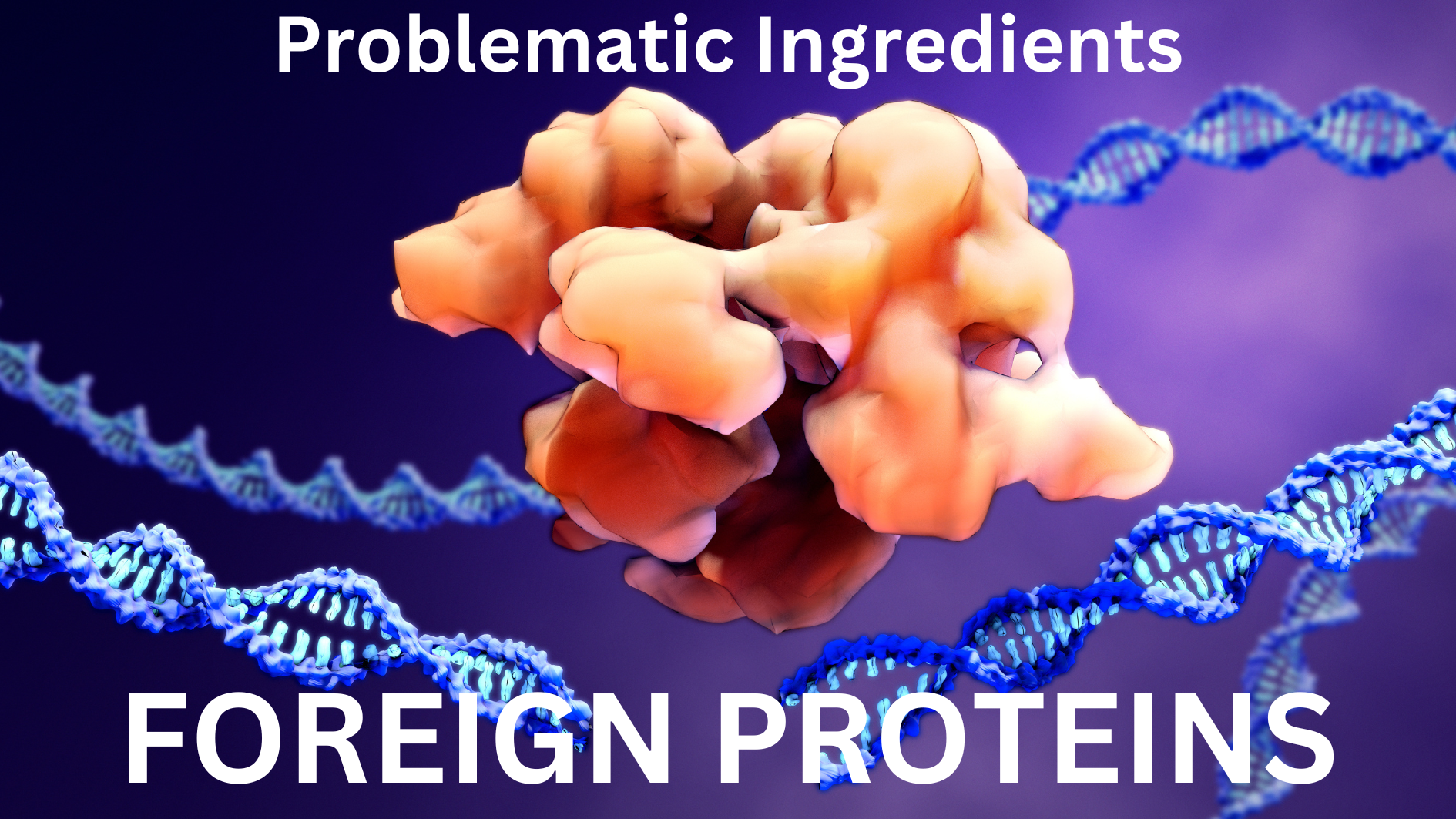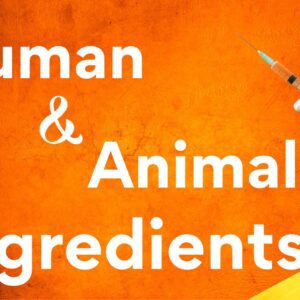Course Description Foreign proteins in vaccines can be broken down into several categories. In their natural state, the antigens on the surface of viruses and bacteria activate the immune system when they are recognized by the toll-like receptors (TLRs), the “handle” of the TH1, innate immune system. The toll-like receptors are discussed in Part 1 of this course on Adjuvants. The second category of residual proteins in vaccines is from animals. These foreign proteins include blood, serum and tissue from cows and chickens, cells from dogs and monkeys, and in one of the newest flu shots, FluBlok, has residual cells from the Fall Army Worm. A third type of foreign protein in vaccines is human protein. These foreign proteins, including human fetal cells, human albumen and plasma, are the most problematic because they can activate the immune system and the DNA from these cells can be incorporated into the DNA of the vaccine recipient.[2 Videos, Length: Vid 1: 35, Vid 2: 18 min, Downloadable Material, Access to Forums] In this module you will learn:
- Why animal cells are used to produce vaccines.
- The various cow components used in creating vaccines and various medications.
- Why there are various classifications of cow serum used in production
- The abhorrent way that fetal bovine serum is collected for use in medicine and science.
- How eggs are used at incubators for influenza vaccines.
- How vaccines are associated with egg allergies
- How several different human cell lines became to be used in vaccine production
- The list of other animals that are used in vaccine production
- The next phase of vaccine development: the use of baculoviruses
- The truth about vaccines made from cells extracted from tumorous tissues





